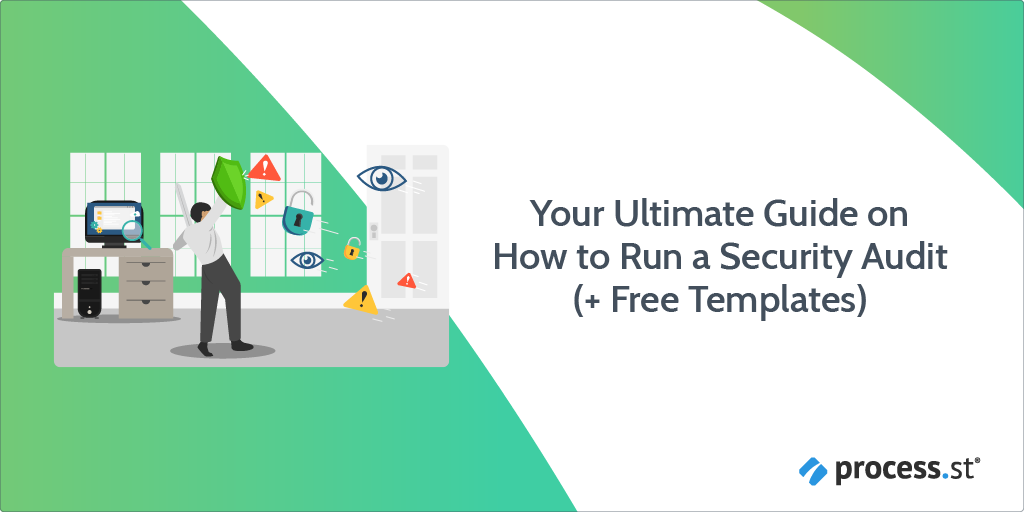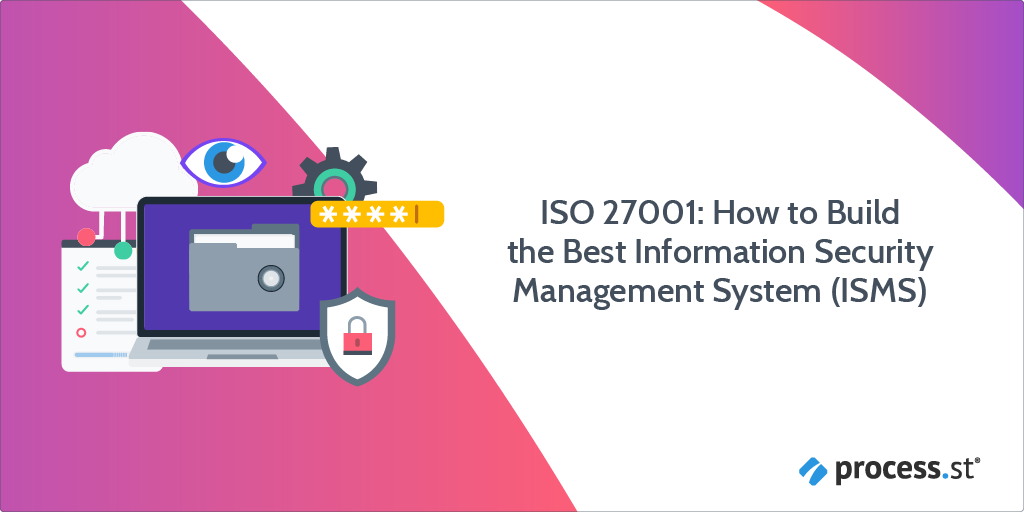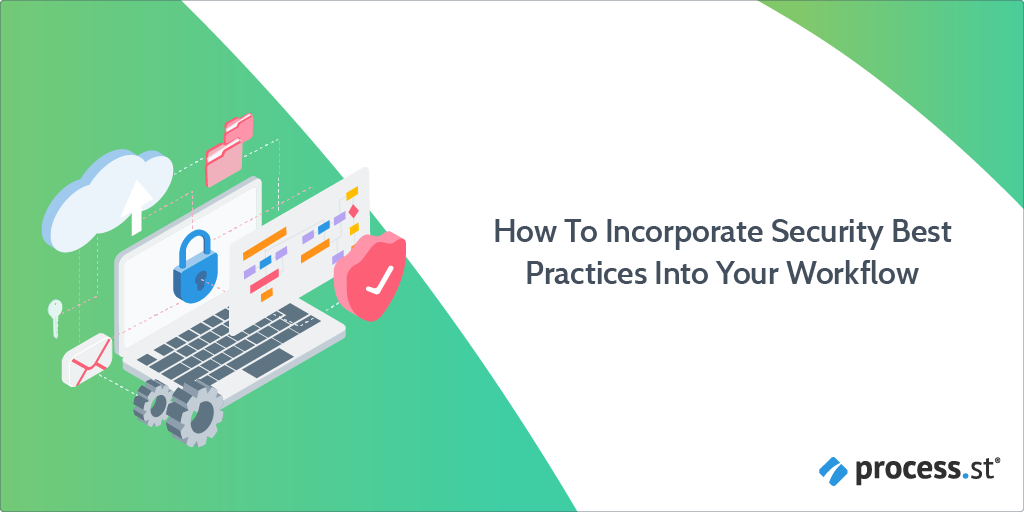
Readers, I’ll let you in on a little secret…
Between you and me, I was hacked; by my best friend no less! Thankfully, it was just an irritating prank, but it served to teach me a lesson.
Despite my grandiose beliefs that I knew everything I needed to know about all things digital, I hadn’t the faintest idea about how to spot a fraudulent message from a legitimate one. And this kind of threat is one of the biggest risks businesses face today.
In 2005, 157 data breaches were reported in the U.S., with 66.9 million records exposed. From 2005-2014 there was a 500% increase in data breach frequency.
That number almost doubled in 3 years to 1,579 reported breaches in 2017.
Although data breaches have since declined (1,506 issues were reported in 2019), IBM’s 2020 Data Breach report filed a 12% rise in data breach costs over 5 years, increasing to ~$3.92 million per incident.
The growing number of breaches and associated costs seems to be consequential of continuously changing hacking methods and an expanding number of entry points (that comes from digitization).
Security audits allow organizations to set up tougher walls of safety, as an adaptive defense against data breach threats.
With this in mind, Process Street created this article as your ultimate security audit guide, with access to our free security audit checklists and processes.
We’ll be covering:
- What are security audits?
- 4 security audit checklists for preventative risk management
- Security audit best practices
- Security processes for tighter security safety
Let’s get started!
Continue Reading







 Workflows
Workflows Projects
Projects Data Sets
Data Sets Forms
Forms Pages
Pages Automations
Automations Analytics
Analytics Apps
Apps Integrations
Integrations
 Property management
Property management
 Human resources
Human resources
 Customer management
Customer management
 Information technology
Information technology





